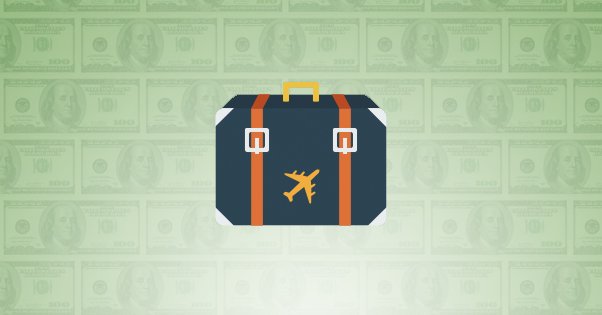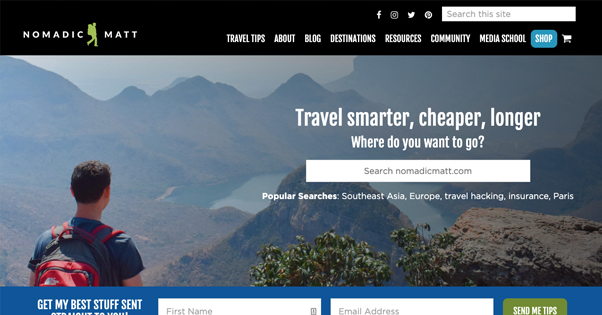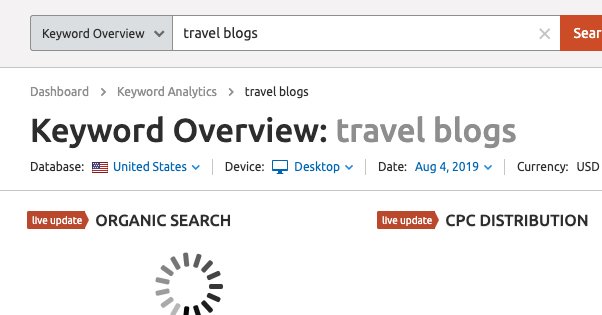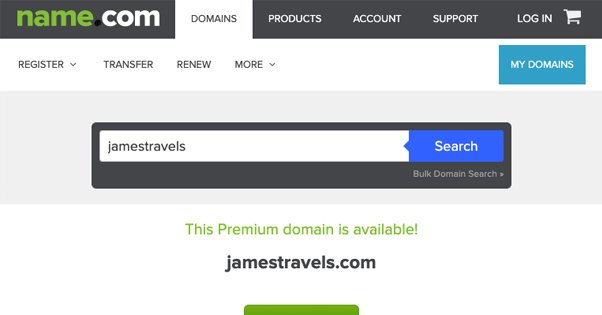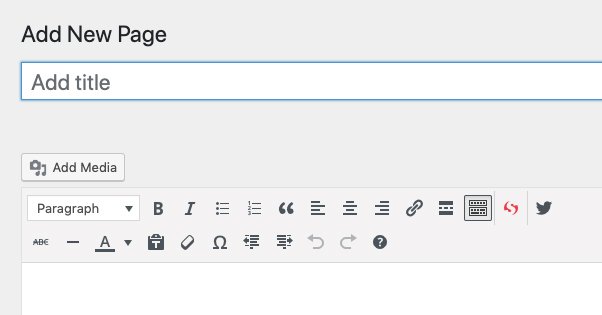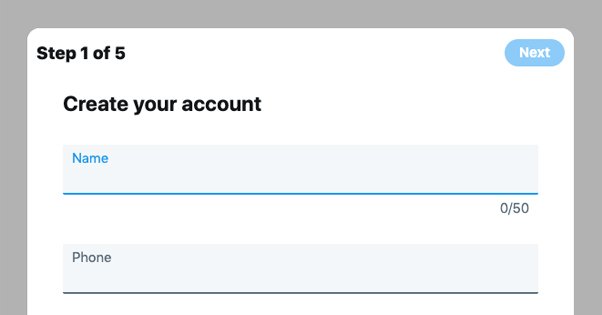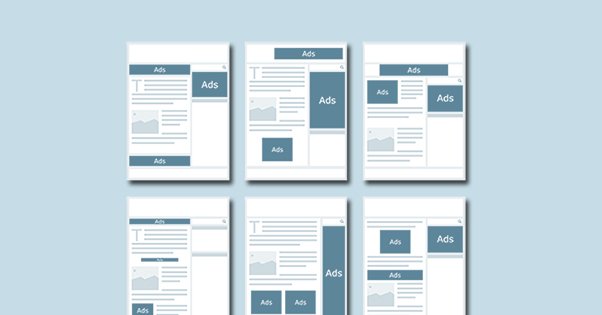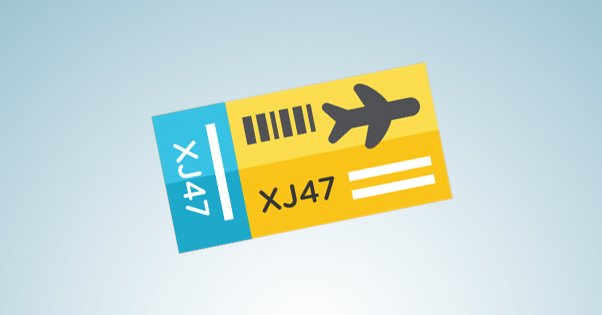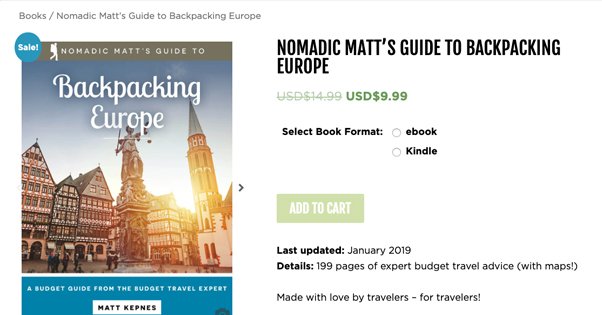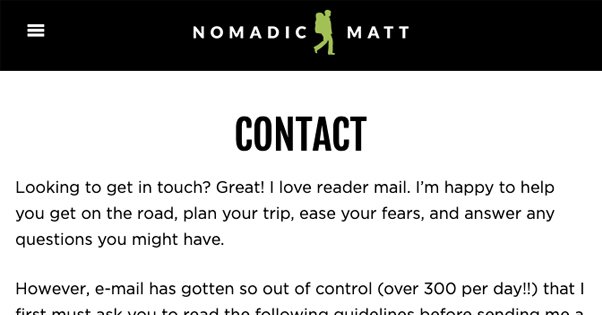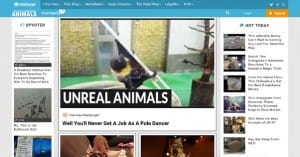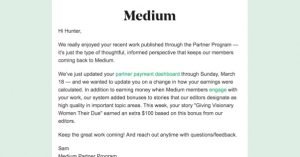25 Tips on Starting a Travel Blog That Makes Money
Published by James Parsons • Monetization • Posted August 4, 2019 ContentPowered.com
ContentPowered.com
In a way, a travel blog is the epitome of blogging as a career. Blogging in other forms, like for marketing, business, or finance, often feels more like an office job. Even if you’re working from home, you’re still working in a home office, and more often than not you’re immersed in a consistent business routine.
Travel blogs have more than the opportunity to travel; they have the incentive, the imperative to do so. Instead of visiting exotic locations as a means to take a break from the daily grind, travel becomes your lifestyle.
Travel blogs are also, to put it lightly, the “hard mode” of blogging. Anyone can start up a business blog from their bedroom, with minimal investment beyond the time it requires and the basic costs of web hosting and associated tools.
Starting up a travel blog, meanwhile, requires actual travel. It’s exceedingly difficult to fake visiting a location you’ve never been to before. You need unique images and unique experiences, and you need to be able to portray them authentically. Anyone can download and review a SEO tool; very few people have the resources to travel to the Caribbean to write a few blog posts.
Travel blogs are also a popular niche full of people trying to make their living with it, so it’s saturated and competitive already. The start-up costs are high, the ongoing costs are high, and the chance of success is low. It seems like a fool’s errand, but it’s entirely possible to build a new travel blog and become a success. You just need to avoid the common pitfalls along the way, make sure you have a stable base before you take excessive risks, and you need all the habits of a solid blog owner.
Luckily, I can give you tips that will help you along the way; 25 of them, in fact, starting now.
1. Identify Your Niche
The first thing you need to do to start a successful travel blog is figure out your unique perspective. What makes your travel experience different from everyone else out there? Some thoughts to get you started might look like:
- Do you exclusively use public transport, do you backpack from place to place, do you travel in style?
- Do you stay in hostels and AirBnBs, or do you review the 5-star hotels and the experiences they offer?
- Do you focus on a particular hobby, like travel for astronomy, travel for food, or travel for landmarks and architecture?
- Are you aiming to help new travelers find their feet, writing for experienced vacationers, or trying to reach long-time expatriates?
Figuring out your specific value proposition helps you carve out a specific niche, so instead of “a travel blog” you become “The Wandering Chef” or “The Experienced Expatriate”, or what have you.
2. Do Some Competitive Research
Coming up with a niche is important, but you also want to know who else came up with that niche already. There’s nothing truly new under the sun, and with seven billion people in the world, it’s likely that at least one other person has had and is acting on your idea already. Do some searching for your niche, using keywords you think you might target, and look for competitors.
These are people you can learn from, people who you compete with in search ranking, and people you could even partner with once you get going. It’s extremely important to know who they are.
3. Register a Clever Domain
Part of the reason you need to determine your niche is so you can focus on branding. The Wandering Chef and The Experienced Expatriate are both fairly well branded ideas; they’re strong, evocative, and memorable. They’re also taken, I believe, so don’t just copy them. Come up with your own branding, and look for a domain you can register to host your blog.
I highly recommend using a custom domain as opposed to any sort of free blogger.com or wordpress.com style subdomain. I also highly recommend registering a .com with as little competition as possible. You don’t want to try to register thewanderingchef.com when wandering-chef.com and fedbythewanderingchef.com both already exist, to use it as an example.
Avoid non-.com domains, as they are much harder to make memorable. You can pull it off in some cases, but people think of the .com as the default for a website, so making them remember anything else is an uphill battle.
4. Set Up a Powerful Website
A powerful website requires several things.
- A strong web host that is accessible globally and won’t suffer downtime.
- A powerful architecture. I recommend WordPress.org.
- A good theme. You don’t need to pay for a custom theme, but you want something that fits your aesthetic.
- A suite of robust plugins to handle SEO features.
You want something you can access from anywhere, update quickly and easily, and can optimize for search engines. All of this is essential for modern blogging.
5. Create Basic Pages
Every travel blog – and every blog in general, really – needs to have basic pages set up. You want a homepage, an About page, and possibly a privacy policy page if you’re harvesting information like email opt-ins.
I also recommend writing a few blog posts to have them up and ready when you launch your site. Don’t go for the stereotypical “this is why I’m traveling” blog post; that information is on your About section. Start right in with the travel writing.
6. Consider Buying a Logo
A brand doesn’t necessarily need a logo right away, but it can go a long way towards making your site look more professional, and it can unify your social media profiles which I’ll mention in the next tip. A decent logo can be purchased for anywhere from $30 to thousands of dollars. I recommend checking out logo sellers on freelance sites like Upwork or Fiverr, or looking for designers on Twitter until you find something that resonates with you.
7. Register Branded Social Media Accounts
Social media profiles are a huge part of modern blog success. They allow you to more readily accumulate an audience, share your content for maximum exposure, and advertise to a ready-made group of people already interested in seeing your content. For a travel blog, I recommend Facebook, Twitter, and Instagram. A Facebook Page will be a great hub and a center for advertising. Twitter is wonderful for fast communication and a newsfeed-style update stream. Instagram is amazing for travel bloggers because of the visual nature of your work. You might also consider registering a Facebook Group, particularly with the coming Facebook redesign.
Optionally, consider Pinterest and YouTube. Pinterest is very powerful for dominating Google’s image search results. YouTube is great if you’re capable of making video content, though it’s also a very hard platform to use with any success on its own.
8. Generate Topic Ideas and Templates
Travel blogs tend to have a few basic styles of blog posts. Learn how to make each of them, since you’ll be writing in the same basic template fairly frequently.
- The Review. Typically reviews will focus on one location, one piece of gear, or one business. These are optimized to target people searching for that item.
- The Guide. Guides can be focused on a particular experience, tour, or location. “The traveler’s guide to dinner in Mexico City” would be one such example.
- The Experience. These are your more free-form “here’s what I did today” style blog posts. They’re the bread and butter of a travel blog, but are harder to monetize than the above.
Other posts you make on the fly can be filler as well.
9. Brush Up On Your Photography
Photography is a key element to a travel blog. It’s hard to connect with an exotic location if you can’t see it, right? That’s why people love reading about travel; it inspires them.
Investing in some good photography gear and the skills to capture and edit photographs is a critical skill for any travel blogger. If you don’t want to learn to edit photos, or you have no talent for it, you can also contract someone to do it for you, and just snap as many as you can along the way.
10. Don’t Quit Your Day Job
Remember that the road to a money-making blog is a long one. Even people who know what they’re doing take months, and that’s with prior connections and audiences, not to mention a budget. If you’re starting from scratch, you’re going to need to put in some serious time.
Thus, starting a travel blog is more ideal for anyone who travels regularly, either for their day job or for regular vacations. If you need to scratch up the time and budget to travel, it’s easy to slip into a slump for months or years with nothing to write.
11. Don’t Force Monetization
There’s a self-defeating cycle a lot of new bloggers fall into, and it’s a trap. You run a couple of display ads and get $1, and you think “maybe if I run twice as many ads, I’ll get twice as much money!”
The problem is, you generally won’t. More ads, and more blatant monetization, tend to drive away the actual engaged audience you want to build up. Monetize with a light hand and do it as organically as possible for maximum effect.
12. Remember Blogging is a Lot of Work
One common misconception with travel blogging is that your typical work day is waking up in a tent on a beach or in a mountain cabin, spending an hour on the porch looking at the scenery and writing a blog post, and then experiencing nature. The reality is, you’re often spending 1-2 days out on your adventure, and then another 3-4 back at a hotel, holed up at a desk writing your posts. Blogging isn’t a glamorous lifestyle and you still have to take the time to actually work if you want to be successful. Let that slip and you’re just another tourist with an Instagram.
13. Get Used to a Writing Schedule
Or at least a publishing schedule. An ideal blog in the modern era publishes a new post about 1-3 times per week, varying on the number of authors, the timeliness of the content, and any special factors.
I recommend aiming for 1-2 while you’re just starting out. Initially, it will take a while to write even a single post or come up with a single idea, but as you practice, it will be faster and easier.
14. Create a Backlog
As much as you can, create a backlog of content you can publish during times when you’re not able to travel. This is the ideal use for the more generic non-travel-related posts. For example, posts about how you started your blogging journey, posts about how you’re monetizing or the other business aspects of a travel blog, and the more generic gear reviews and company reviews all work here. Maintain at least two months worth of these pre-written and ready to be published when you can’t publish an otherwise travel-focused post.
15. Travel Frequently
You need to travel as much as possible to give yourself the fodder for writing and to maintain the lifestyle. Plus, the more experienced you get with traveling, the easier it will be to get your routine going in a new place each time.
I mean, it sounds like a basic tip, but I’ve seen people try to start travel blogs based on their once-every-six-months vacations.
16. Set Up an Email List
An email newsletter is a source of marketing and audience interest that solely you control, and it’s one of the best marketing channels you can create. Darren Rowse explains it better than I can, so read this post for yourself.
17. Get Started with Display Advertising
Now let’s get started talking about monetization. The first option you have is display advertising. It’s one of the more intrusive kinds of advertising and it doesn’t usually pay much, but the barrier to entry is extremely low, so it’s good to use when you’re first starting out to make enough to pay for hosting and your domain.
18. Register for Affiliate Programs
The second form of monetization you can use is the first I really recommend, affiliate advertising. Amazon, third party networks like these, and even specific affiliate programs for travel agents and other travel companies can all make you money through your referrals.
Affiliate marketing is its own beast, so I recommend reading up on it if you want to use it as a monetization method.
19. Look for Partnerships with Travel Companies
Once you reach a certain level of audience, travel companies – anyone from hotel chains to travel agents to local tourism boards – may be interested in sponsoring a post or mention on your site. They will pay you to mention them, and you can do so in an organic way to make a bit more cash.
20. Create a Sponsorship Page
Speaking of sponsorships, at this point it’s a good idea to make another of those broad evergreen pages like your About page. This time, make it full of information on how a potential sponsor can reach out to you to ask about your rates, how they can offer you deals or sponsor your travel in exchange for mentions, or whatever other deals you want to make. This page should be kept up to date so you can passively pull in as many deals as possible.
21. Consider Selling Information
Some travel blogs build e-books, courses, and other informational packets, either about travel or about building a blog, and monetize by selling those informational products. Some travel bloggers also sell their own time in consulting.
These are valid, if you’re willing to be a teacher and thought leader, but it might not work until you have name recognition and a popular enough blog.
22. Consider a Members-Only Area
Some travel bloggers have had success in setting up a members-only area, such as a private Facebook group, for people who pay an entry fee. Engaged audience members may be willing to pay to talk to you in a more intimate setting, or even possibly arrange meetups or ask for advice directly. It’s up to you if you think your audience is engaged enough to support this kind of closed community, but if it can, it can be a good monetization stream.
23. Sell Your Services
The most experienced travel bloggers often sell their services as travel agents or trip advisors. Other bloggers may sell their blogging expertise on the side, such as writing blog posts on a freelance basis or selling photography sessions. These are all potentially good ideas to supplement a travel blog.
24. Reach Out to Other Travelers
Reaching out to other travel bloggers and professional transients can be a great way to build up a network, grow an audience, and make new friends.
Just like every other career field, networking is important.
25. Stick With It
At the end of the day, tenacity is your best asset. Travel blogging takes a long time to get up and running, and even longer to see solid returns and a living wage. If you’re truly serious, stick with it, or it will never bear fruit.
